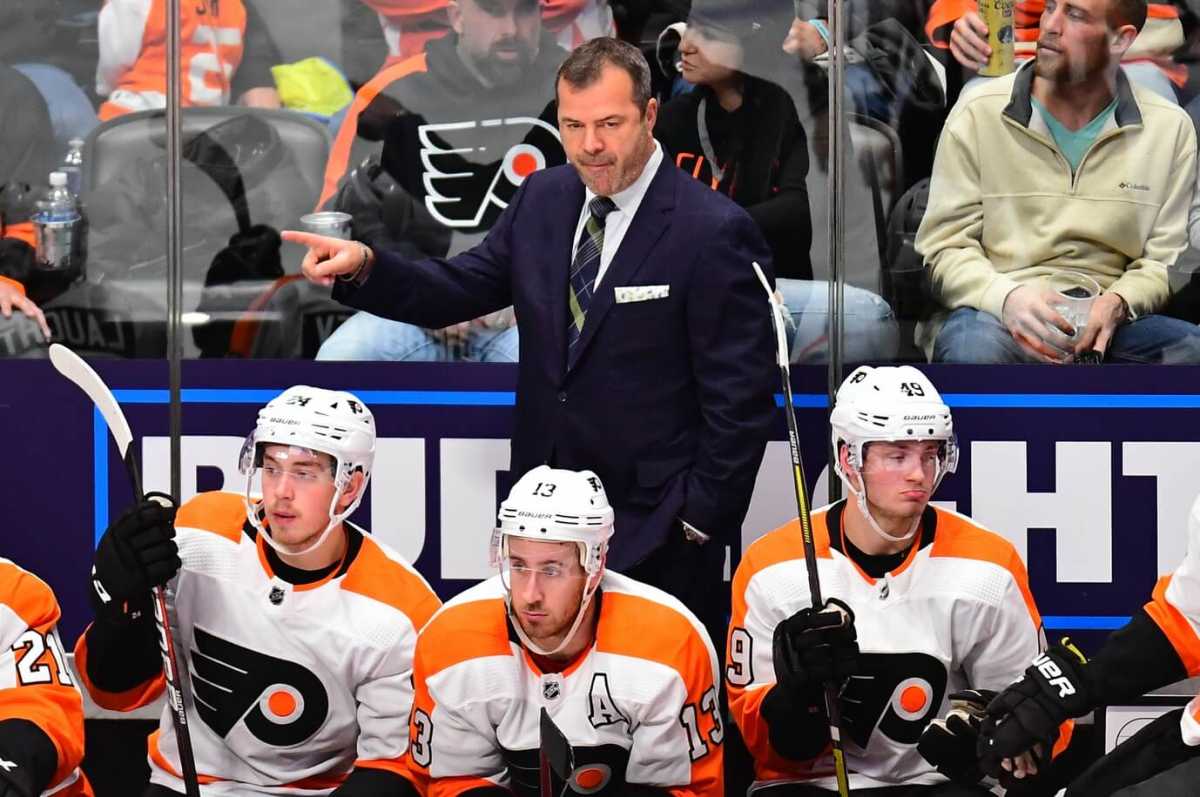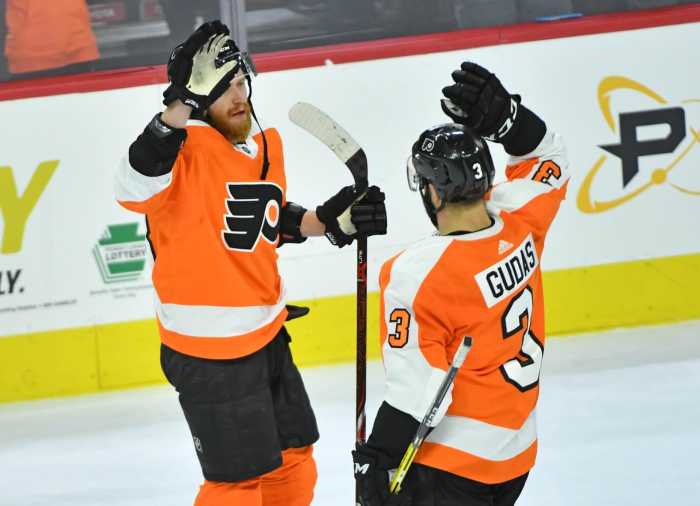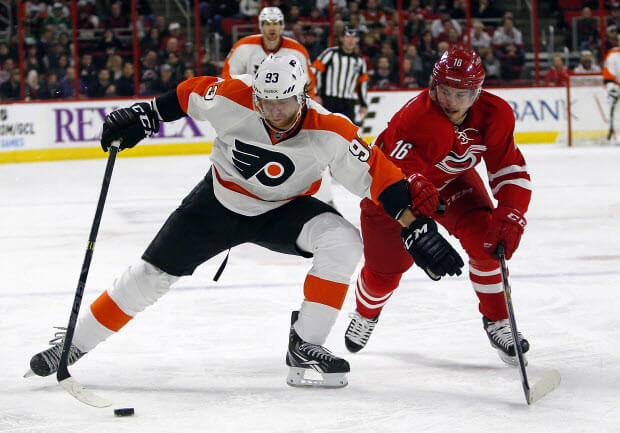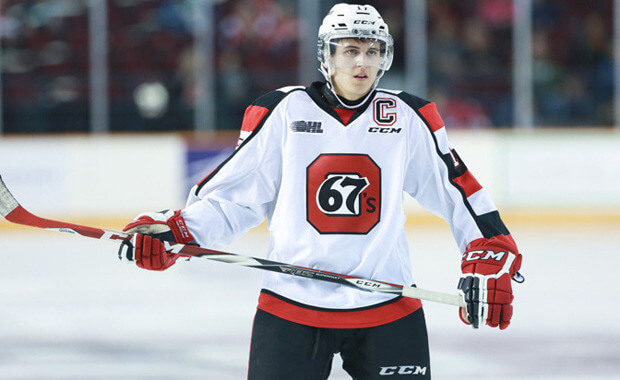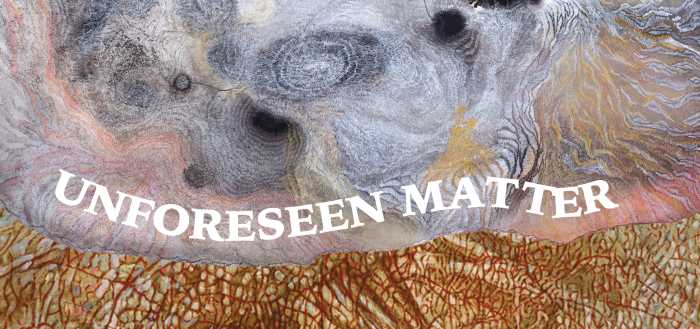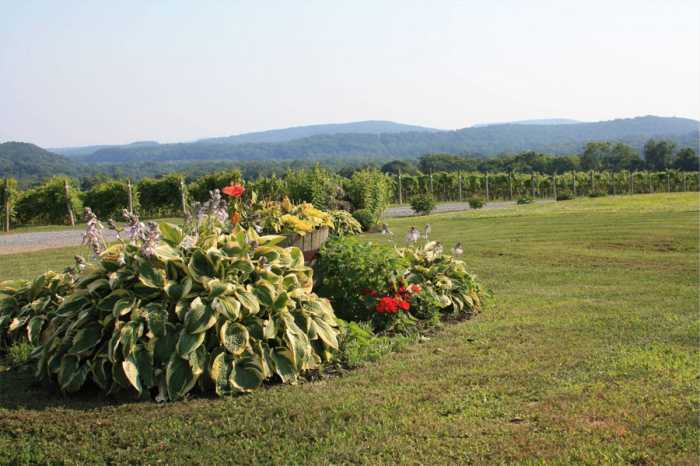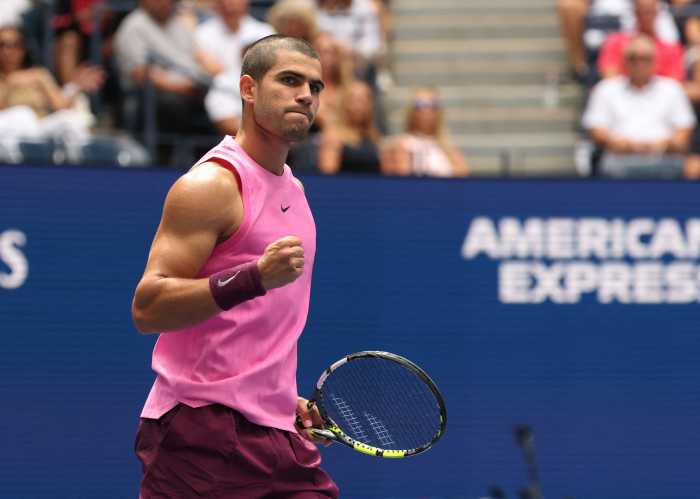The NHL’s return to hockey promises to be a spectacle like no other. A round-robin tournament to decide initial seeding, followed by a playoff format that promises to deliver some exciting matchups throughout, there’s no doubting how unique this will really be. Without fans in the stadium, the broadcasting opportunities to bring viewers closer to the action are endless. But as new and uncertain as this all may seem, some have been here before…including Alain Vigneault.
In 2012-13, the NHL Lockout ripped through the league and decimated the regular season. A revised 48-game schedule was made, resulting in nearly half of the season being lost. Vigneault was the Head Coach of the Vancouver Canucks that season, a team who had won four consecutive Northwest titles, and five in their last six seasons.
That streak would extend to five titles in a row, with the Canucks going 26-16 and sailing into the playoffs where they would face the San Jose Sharks in a Conference Finals rematch. Vancouver were smart with their roster, fortified their defense, and ensured that their reign of dominance only grew stronger when play resumed.
The Canucks were the #3 seed and the Sharks were #6. Surely all momentum was on the side of Vancouver…right?
The Canucks were swept. 4-0.
Without Cory Schneider and with flu rumors circulating the Canucks dropped the first two games before his eventual return. Vancouver lost that game 5–2, with Schneider making 23 saves on 28 shots. He was pulled in favor of Luongo who refused to let another goal past, starting a much-dreaded starting goalie debate right in the heart of the playoffs.
Schneider would return in game four, however, but conceded two goals early, leading to a 2-1 deficit. The Canucks rallied back to take the lead, but a late equalizer would send the game to overtime, where that boarding penalty from Daniel Sedin handed San Jose a powerplay that would contain the winning goal. Heartbreak.
We all know what happened after that. Vigneault headed to New York where he made the playoffs in every single season outside of 2017, rebounding from that heartbreaking final season in Vancouver to take the Rangers to the Stanley Cup Finals. Vigneault would have certainly learned a lot since that lockout, but the experience may well shape a Flyers team in a similar spot.
Before the season was put on hold, Vigneault’s Flyers were the hottest team in Hockey. They looked absolutely unstoppable and playoffs were a certainty. But with the world now on pause, it’s down to Vigneault to make sure that fire doesn’t burn out, as he did during the shortened 2012 season in Vancouver where the regular-season form only grew hotter as time went on.
That’s going to be our challenge, obviously. There’s no doubt that we were playing our best hockey of the season at the time. I don’t think we can go into this showing any signs of emotional frustration. With the world being put on pause and with what people are going through right now, we can help them by doing the best job that we can as far as playing on the ice. We’ll be exactly like everybody else. We’ll have the same amount of time. Our team was in a good place. It will be all our jobs, from coaches to management to players, to get back to that good spot that we were in.
– Alain Vigneault speaking at the end of April.
Vigneault’s experience of how to galvanize a locker room after an event that throws everything you once knew up into the air. His awareness of how to handle goalie situations will be imperative, especially considering how young Carter Hart is and how much pressure is bound to be on the young man’s shoulders. Schneider was a shutout machine in 2012, but the playoffs are a very different beast, let alone after an instance like this. Tactical decisions will have been reflected upon for hours, and maybe, just maybe, the Flyers and their incredibly young roster, have what it takes to give the winningest coach in Canucks history his first taste at a Stanley Cup, something that has evaded him for so painstakingly long.
Mandatory Credit: Ron Chenoy-USA TODAY Sports

